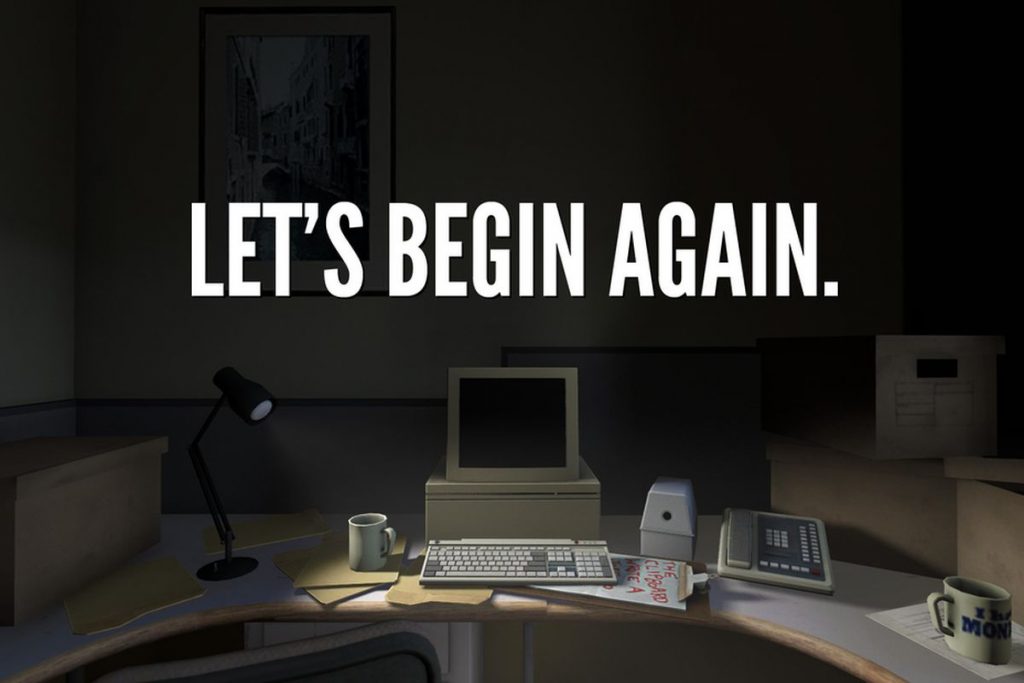What are some of the current issues confronting our world today? Amongst them, what is of interest and a cause of concern to you?
Dementia is a mental illness that affects 1 in 10 Singaporeans. It is a decline in mental ability which affects memory, thinking, problem solving, concentration and perception. There are various types of dementia. Some, such as Alzheimer’s disease are degenerative, meaning they get worse over time, while others, such as vascular dementia, may be non-degenerative, and may not get worse over time. However, most types of dementia cannot be cured. Thus, early detection and proper knowledge on caregiving are important.
Divorce is usually the result of conflicts and disagreements between spouses, for instance, regarding financial issues. According to statistics, 20% of marriages lasting more than 15 years ended in divorce. Although the social stigma of divorce decreases as Singapore becomes more cosmopolitan, the impact of divorce, especially on the children, can be quite significant and long-term, resulting in behavioural problem. Therefore, there is a need to help them cope with the divorce through understanding and giving support.
Autism spectrum disorder (ASD), refers to a broad range of conditions characterized by challenges with social skills, repetitive behaviors, speech and nonverbal communication. In Singapore, 1 in 150 children has ASD. Having ASD can severely impact both the child and their family. Early diagnosis and intervention can make a big difference by improving their skills, helping them to be more independent and have a better quality of life.
Depression is a common mental health problem that causes people to experience low mood, loss of interest or pleasure, feelings of guilt or low self-worth, disturbed sleep or appetite, low energy, and poor concentration. According to the Singapore Mental Health Study conducted in 2010, 5.8% of the adult population in Singapore suffered from Major Depressive Disorder at some time in their lifetime. If gone untreated, there can be heavy mental and physical toll on the individual. Being able to pick up signs of depression and help give support to those in need is thus important.
Amongst the four issues listed above, I am most interested in the issue of dementia, because, though it is common, it’s something I haven’t don’t know much about. Thus, I would like to learn more about it while finding a way to help alleviate the struggles faced by dementia patients and their families
Why is the issue important? Who does it affect and how?
Unlike mild forgetfulness that commonly occurs in old age, dementia causes progressive intellectual decline. This leads to the increase in difficulties in coping with everyday activities, such as eating, wearing clothes, and even using the toilet. This is due to the increased rate of brain cells dying, leading to the decline of a dementia patient’s mental abilities. This results in poor memory, deterioration of intellectual function, and changes in personality.
To add on to the condition, since dementia patients are commonly 60 years of age and above, they also have to deal with their deteriorating eyesight and rigid muscles. This means that they are in the need of a caretaker to aid them in everyday activities. Without guidance, they have the tendency to wander and lose their way, making going out alone dangerous and scary for both them and their families. However, being isolated at home is not the best answer to this issue, as it can cause the patients to feel lonely, possibly causing depression over time.
Having to live with and/or deal with someone suffering dementia can be physically and mentally draining, especially when you don’t know how to handle their behaviour. In some cases, this may result in cases of abuse. According to Alzheimer’s Society, people with dementia may be subject to mistreatment and abuse in the community or in care homes and hospitals. This may include psychological, financial, emotional, sexual or physical abuse, including the inappropriate prescription of anti-psychotics.
Thus, in order to reduce the stress faced by both dementia patients and their loved ones and caretakers, there is a need to help the caregivers and caretakers understand more about the characteristics of dementia and how they can better communicate and help those suffering from it.
Who do you need to communicate to, and why? [150]
It would make most sense to communicate to the families of dementia patients. This is because, unfortunately, as their conditions worsen, the patients will most probably be unable to care for themselves and will have to rely on their families/caretakers every day. The main target audience will therefore be (roughly) within 30-50 years old. Hopefully, through sharing with them about dementia and how to care for someone suffering from them, caregivers and caretakers will be able to understand why the patient behaves as such, reminding themselves that it is something that cannot be helped on their part. Also, instead of getting stressed and lashing out at the dementia patient, they will remember the information on how to handle the situation properly, like repeating questions slowly if they don’t get it the first time, and keeping a positive mood when communicating with them.
How has VC contributed to the addressed cause?
Designed for people with dementia, this music player allows them to engage with their environment and enjoy their favourite music without having to deal with complicated technology. To play the music, simply lift up the white lid, and to stop the music, close it. There is also a big button under the lid that, when pressed, skips the song that is currently being played. As for the type of music, caretakers and family members of the patient can simply drag and drop the tracks from the PC to the player, creating a list their favourite, reminiscent songs. This simple music players ensures that even when they’re alone at home, dementia patients will not feel as bored or isolated.

White lid can be lifted to play music; close lid to stop.

Press the button inside to skip the current song.
Designed by Sha Yao, Eatwell is a seven-piece tableware set that comprises of 20 unique features specifically designed to meet the needs of those with physical, motor, and cognitive impairments. The tableware are bright and colourful so as to encourage eating, and as a Boston University study shows, individuals with cognitive impairment consumed 24% more food and 84% more liquid when they were in brightly-colored containers. The base of the cups and bowls are angled in such a way that food is tipped to one side, allowing for easier drinking and scooping. The tray also comes with holes with flaps for bibs to be tucked into, reducing/preventing any damage caused by spillage.

Keeping in mind the importance of keeping seniors engaged, Christel, the founder of Hua Hee, created various decks of cards that seniors and dementia patients alike can play with. Most of the cards feature illustrations of different types of local food and heritage items, and they can be played in several ways; either as a memory matching, snap, charades, pictonary, sketching, colouring, or puzzles game. Through the use of these nostalgic images, she hopes to trigger happy memories from the players. In addition, playing games can help stimulate their brains and keep them active and engaged. These cards are currently used at various organisations, such as the Alzheimers’ Disease Association, National University Hospital, and Khoo Teck Phuat Hospital.

Hwa Hee Matchoonary cards.

Hwa Hee Puzzle cards.



